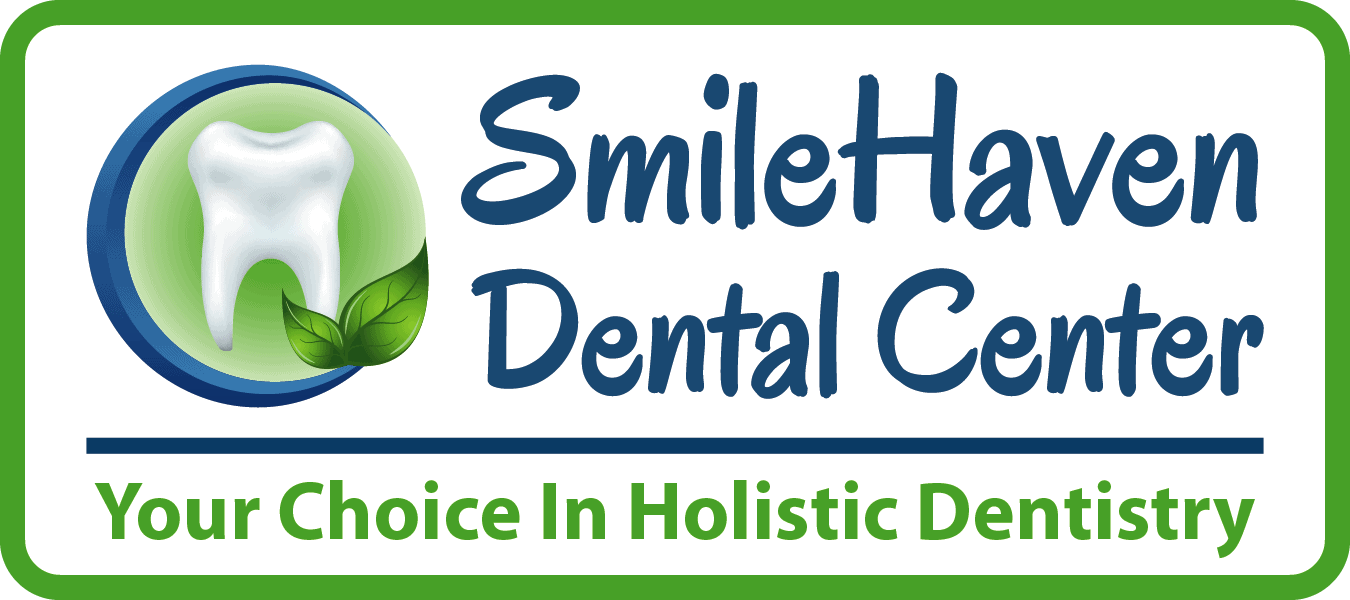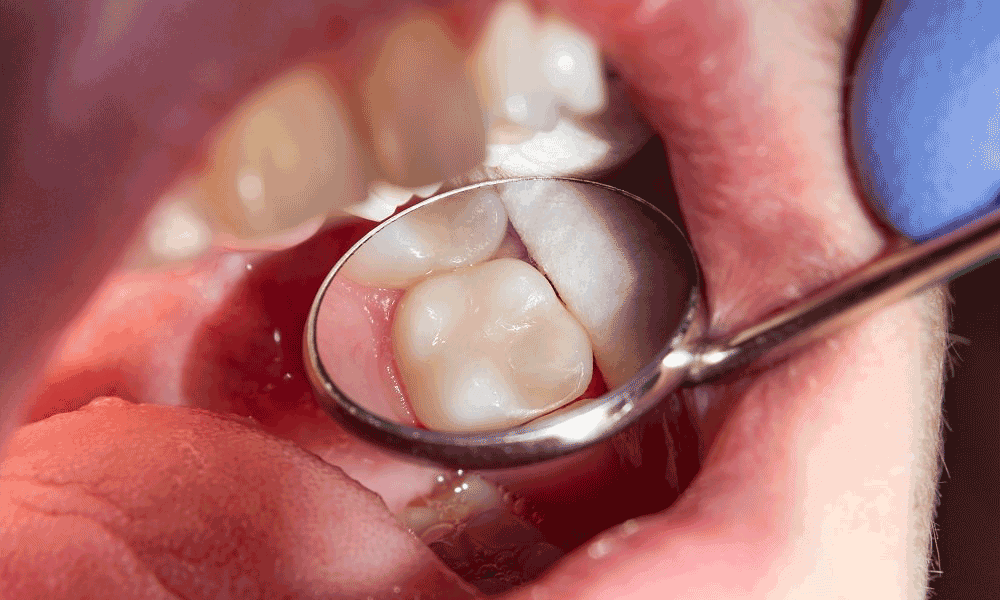According to the State of California Department of Consumer Affairs, dental amalgam is a self-hardening mixture of silver-tin-copper alloy powder and liquid mercury and is sometimes referred to as silver fillings because of its color. It is often used as a filling material and replacement for broken teeth.
The advantages of amalgam filling is that it is durable and long lasting, wears well, holds up well to the forces of biting, relatively inexpensive, generally completed in one visit, self-sealing, minimal-to-no shrinkage and resists leakage, resistance to further decay is high, but can be difficult to find in early stages, frequency of repair and replacement is low.
The disadvantages however are, the concerns about the safety of such a material, gray colored and not tooth colored, may darken as it corrodes, may stain teeth and even tissue (tattooing) over time, requires removal of some healthy tooth structure, in larger amalgam fillings, the remaining tooth may weaken and fracture, because metal can conduct hot and cold temperatures, there may be a temporary sensitivity to hot and cold, and contact with other metals may cause occasional, minute electrical flow (galvanism).
Composite fillings are a mixture of powdered glass and plastic resin, sometimes referred to as white, plastic, or tooth-colored fillings. It is used for fillings, inlays, veneers, partial and complete crowns, or to repair portions of broken teeth.
The advantages of composite resin fillings are that it is strong and durable, tooth colored, single visit for fillings, resists breaking, maximum amount of tooth preserved, small risk of leakage if bonded only to enamel, does not corrode, generally holds up well to the forces of biting depending on product used, resistance to further decay is moderate and easy to find, and frequency of repair or replacement is low to moderate.
The disadvantages are moderate occurrence of tooth sensitivity, sensitive to dentist’s method of application, costs more than dental amalgam, material shrinks when hardened and could lead to further decay and/or temperature sensitivity, requires more than one visit for inlays, veneers, and crowns, may wear faster than dental enamel and may leak over time when bonded beneath the layer of enamel.
Patient health and the safety of dental treatments are the primary goals of California’s dental professionals and the Dental Board of California. Components in dental fillings may have side effects or cause allergic reactions, just like other materials we may come in contact with in our daily lives. The risks of such reactions are very low for all types of filling materials. Such reactions can be caused by specific components of the filling materials such as mercury, nickel, chromium, and/or beryllium alloys. Usually, an allergy will reveal itself as a skin rash and is easily reversed when the individual is not in contact with the material.
There are no documented cases of allergic reactions to composite resin, glass ionomer, resin ionomer, or porcelain. However, there have been rare allergic responses reported with dental amalgam, porcelain fused to metal, gold alloys, and nickel or cobalt-chrome alloys.
If you suffer from allergies, discuss these potential problems with your dentist before a filling material is chosen.
By law, your dentist must provide a fact sheet to every new patient and all patients of record once before beginning any dental filling procedure.
As the patient or parent/guardian, you are strongly encouraged to discuss with your dentist the facts presented concerning the filling materials being considered for your particular treatment.
For questions, please call 619-464-2801 for an appointment. We are located on 4700 Spring St., Suite 210, La Mesa, Ca. 91941.

